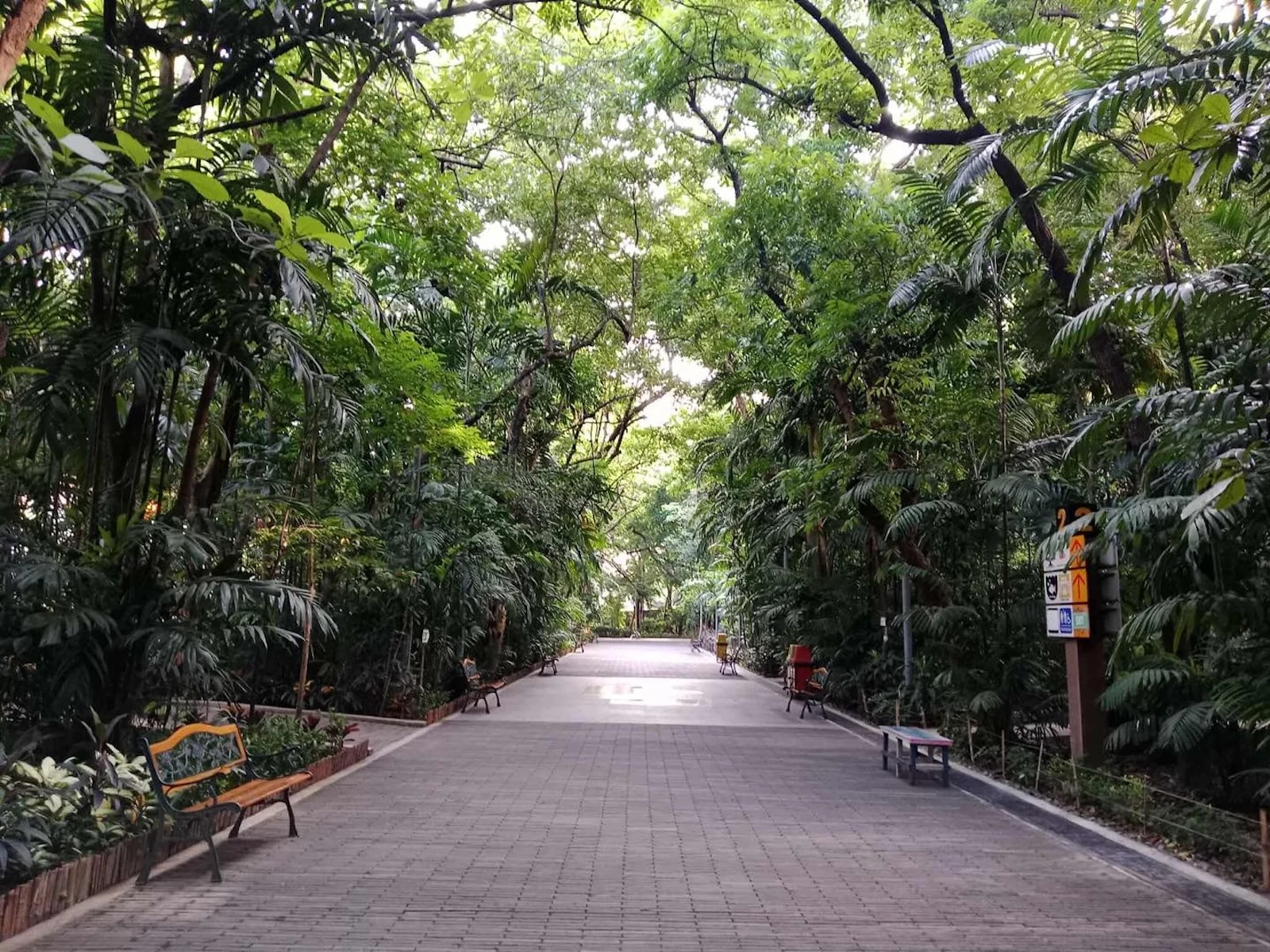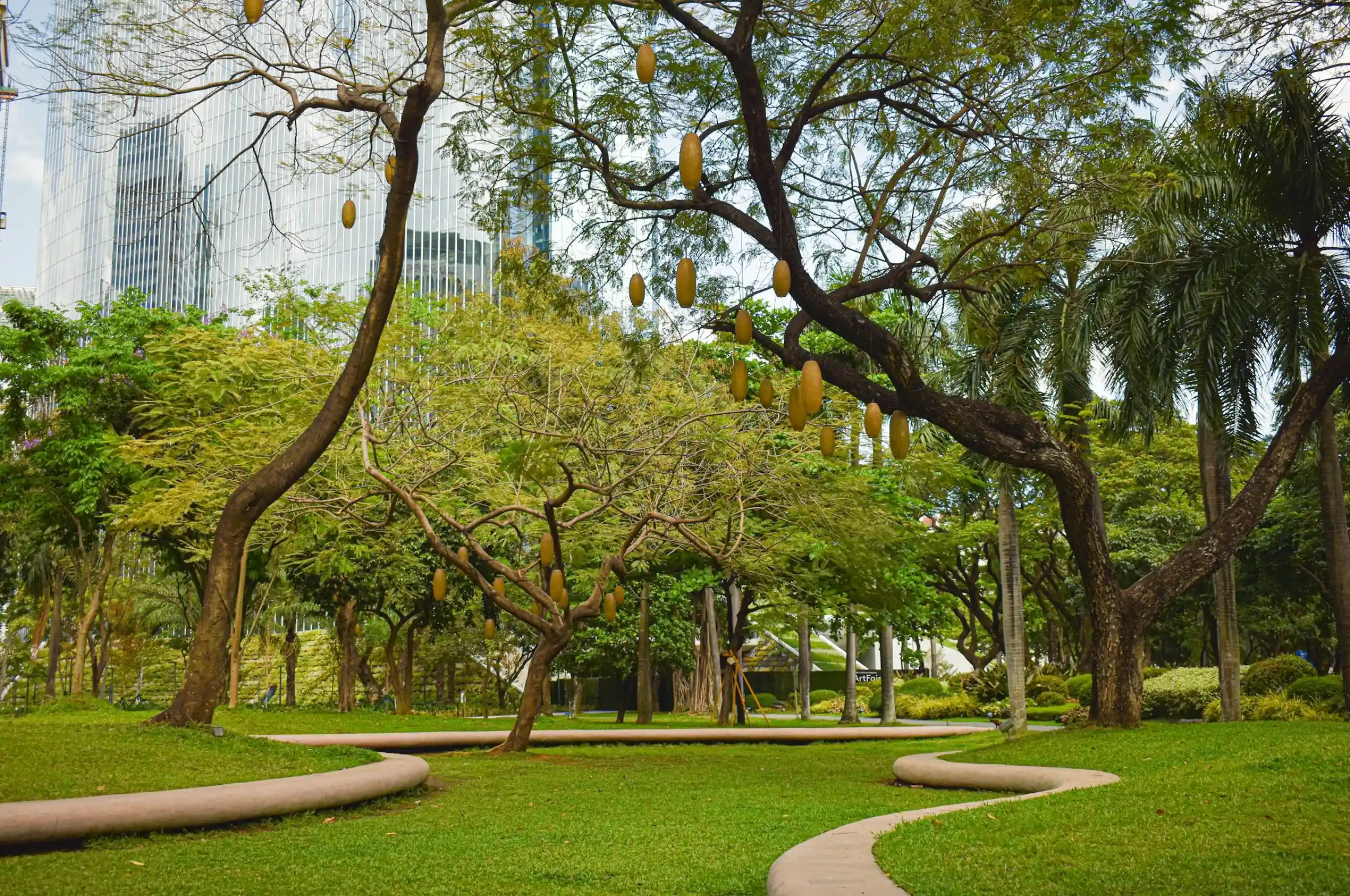It’s no surprise that years of urbanization and environmental degradation has limited people’s access to green spaces, but a study from the University of Derby has finally quantified it: human connection to nature has decreased by 60 percent between the years 1800 and 2020. It also warns that the decline may continue in the coming years, if there are no interventions.
The author, University of Derby professor Miles Richardson, based the study on data relating to urbanization, wildlife loss, and parents not exposing their children to nature. Richardson emphasized the role of parents in fostering connection to nature, and cites other studies that show the parents’ engagement with nature as the “strongest predictors” of children’s engagement with nature.
The study, which employs computer modelling to predict future outcomes, says that in 2050, nature connectedness may be even lower than it is now. But this generational loss of connection to nature can still be reversed.
Governments and urban planners should take bigger strides in creating more green spaces in cities. The study demonstrates that improving access to nature by 50 percent or 100 percent is not enough. Instead, cities may have to be 10 times or 1,000 percent greener in order to encourage people to connect with nature.
But the study also says that even if environmental conditions improve through increased green spaces, “the benefits may not be immediately realized if previous generations have passed on low levels of nature orientation.”
“Programs fully integrated into schools, parental engagement initiatives, and community nature activities can help foster early-life experiences that build lasting connections with nature,” the study says. “By nurturing nature connectedness from a young age and supporting parents in modelling nature-oriented behaviors, such interventions can disrupt the cycle of disconnection and lay the foundation for a more resilient, nature-connected society.”
The study’s abstract suggests that these interventions have to be in place before 2050. After 2050, these interventions “trigger a self-sustaining recovery,” which is also crucial in restoring biodiversity.
“Nature connectedness is now accepted as a key root cause of the environmental crisis,” Richardson told The Guardian. In the study, he likewise said that nature connectedness is “critical for fostering pro-environmental behaviors and enhancing human well-being.”
The Philippines’ Connection to Nature

In the Philippines, 2011 saw the establishment of the National Greening Program (NGP), which aimed to plant 1.5 billion trees in 1.5 million hectares of land by 2028. But with 14 years having passed and three years until the deadline, the NGP is barely meeting its goals. A report published to the Philippine Center for Investigative Journalism reveals that one in 25 hectares of land in the NGP sites are further deforested instead of restored.
Former Department of Environment and Natural Resources Undersecretary Marlo Mendoza designed the manual for the NGP, but he said that it was poorly implemented. This poor implementation led to various grassroots organizations across the country struggling with the bureaucratic processes required to participate in the program. The report also said that NGP funds were used by local governments to destroy protected areas to plant cash crops, tropical trees, and mahogany, which is considered an invasive species in the Philippines.
Things aren’t any better in urban areas. Manila Bulletin reports that each resident of Metro Manila only gets five square meters of green space, while in Davao City, Edge Davao says each person only gets 0.5 square meters, both numbers far below the minimum of nine square meters the World Health Organization recommended to boost one’s mental and physical health.
If the Philippines is to reverse the generational disconnect from nature, it will need more than tree-planting targets. It will need cities and communities that can put up and nurture vast green spaces before 2050.





